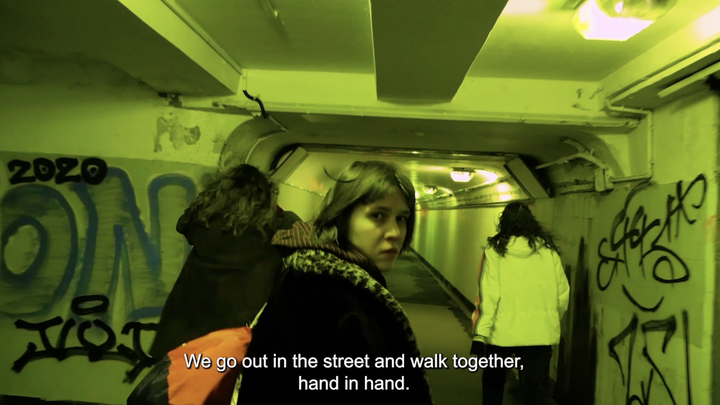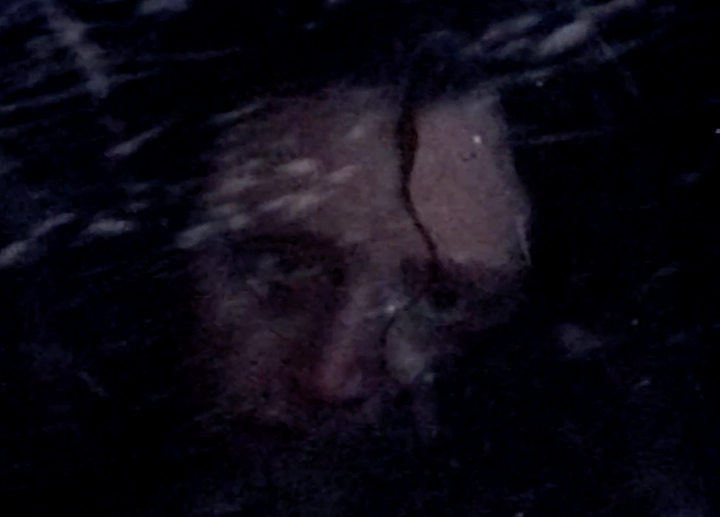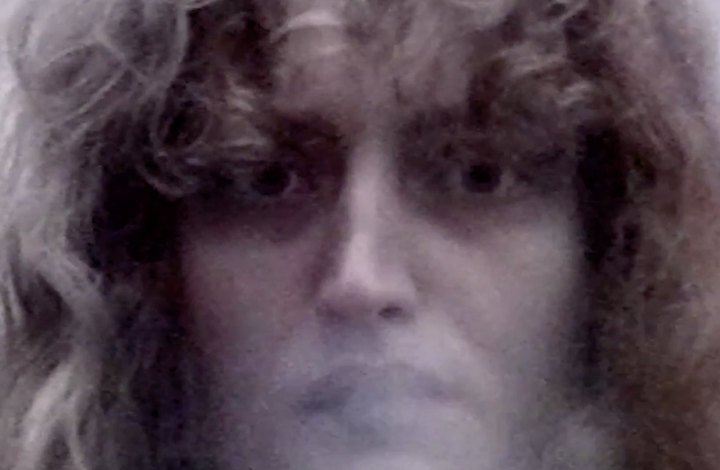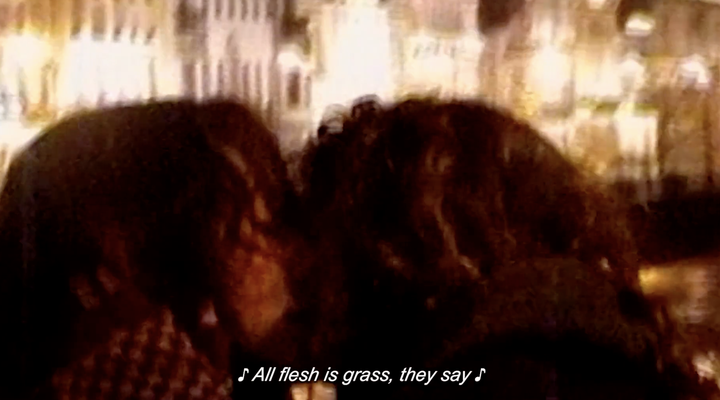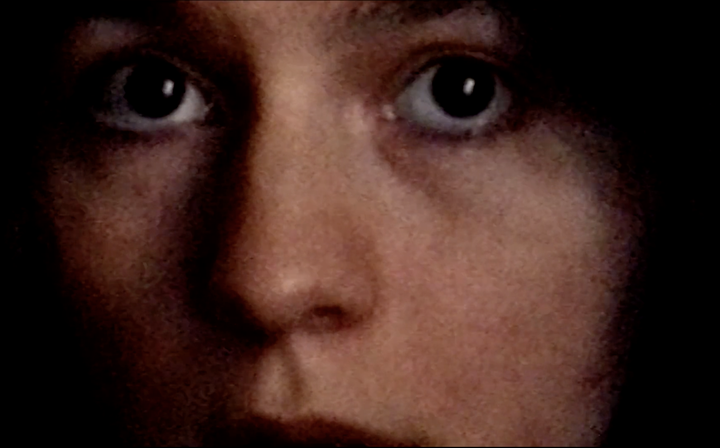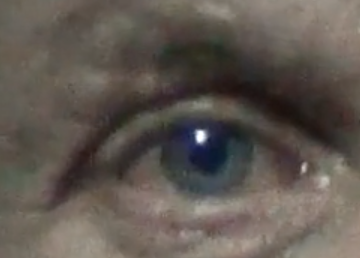V. and I never met in person during all these months. All our conversations are always mediated by screens, text, video and voice messages.
The sound of her voice is splitting my attention into fractal figures. It is hard to stay focused when I am absorbed and fascinated with the sound, intonations, and even the tiniest fluctuation in her voice: an irresistible desire to be consumed by something I longed to immerse in. I can only feel the same as what the voice is telling me – never capable of actually responding. The voice is everything I feel missing.
***
Before that, there was a city we both lived in, where I was a cultural worker, writing for a small independent media, and engaged in studying and teaching politically engaged, queer, and self-organized art. She was an artist, making political theater and educating actors on how their bodies serve as sites for the production of politics.
There was a film she made with her friends. Set in our city, in its streets, and in its somber atmosphere, it was about cold, lonely, desperately in love, desperately fucked up allegories of one feeling, homeless and lost, freezing in motion. When I watched it for the first time, I watched it with my guts and stomach. I knew almost every sight it captured, but couldn’t recognize it: the city looked like a cramped aquarium with muddy waters. The film was a message for my body and skin that promised a sea of sorrow, and so, I believed it. It was the end of 2021.
***
The next time we talked was in the fall of 2022. She was part of a grass-root initiative helping people at risk of arrest to flee russia, and I was a member of a small art media that was facing potential persecution from the state. Our editorial team received information concerning certain interests in our activities from the police that could lead to searches or arrests. Neither searches nor arrest happen, and was probably just a part of politics of fear – a successful politics, one might say. So ‘they’ helped some of ‘us’ to leave the country while we had to put the publication on hold due to safety reasons.
The full-scale russian-Ukrainian war began as almost a year passed between those encounters.
***
At the start of the invasion, I felt that I lost interest in art, just like many of my [former] colleagues who started volunteering at different grass-root initiatives or switched to anti-war activism. For many of us, cultural workers and artists, the russian art scene we were involved with before the war seemed to be a slippery illusion in the middle of a fascistized country.
For me, even our art – queer, feminist, poor, independent, critical, anarchist, and whichever else it was – still was just art, and at that moment it was irrelevant.
***
My return to our art was marked by a request from V. when we were already connected through the activist circles. She posed a question to me, asking what I thought made her film a feminist and a queer movie. I rewatched it after almost a year, from a place where the senselessness of art was, as I thought, clear.
The film’s temporality now exists in the double past for us, rendering it doubly impossible: once as a fiction story of relationships lost in time and once as a documentary of the city life no longer available to us.
***
It is a very feminine movie in the sense that Andrea Long Chu writes: all people are women, females, everyone wants to be loved and craves for someone else’s gaze to become themselves.1 Although Long Chu says that she is an anti-feminist, her ideas propose a feminist strategy of dismantling the male-female binary not by increasing the components but by eliminating one of them.
The three main characters of the film embody three stages of a single feeling in a love story: attraction, rejection, and indifference. They may appear as girls, yet it doesn’t really matter; what is more important – they are females, suspended on the hook of desire. Heroines wander the city streets, and their journeys through the crowds, crossroads, underground passages, encounters become the main film setting. They always meet each other near water – the river, and numerous channels. They sometimes speak but mostly say nothing, absorbed in the feeling. Their silence becomes dense, then dissolves in the roar of the streets. The camera follows them everywhere, catching a kiss or a light in the under-passage at night, capturing shimmering waters and washed-out colors of the city’s walls – grainy low-quality images at the edge of visibility and recognition.
In the film, love is experienced as something that inherently contains its own disintegration and absence. Everything happens at once and changes forever. Closeness, in an instant, becomes intertwined with rejection, and recognition leads to inability to understand. The feeling splits lovers in a similar pattern of cracks: connecting and distancing them from each other. Their gazes do not meet: every lover knows this melancholy of looking at a loved one only to realize their gaze wanders elsewhere, losing you.
***
Some time ago art was something that made me feel wholesome, not broken, and at home. Now it’s something else. It hits differently to say that nothing can be fixed and still, to continue acting, even if you know the struggle is endless. This cracked feeling, knowledge of the unfixable state of the world, nevertheless is the dearest thing by now. As I watch V.’s film through these feelings now, I see the ways to move forward: embracing all at once, refusing to separate certain elements from others. Art and activism, bitterness and hope, feelings and strategies.
***
“Well, probably activism is an artistic practice,” says V. in one of her voice messages while initiating an activist project – an action, full of anger, grief, loss, tenderness, hatred, hopelessness, and hope. I think she is right, as activism becomes a realm where the desire has moved to.
1 Andrea Long Chu, Females, Verso 2019.


